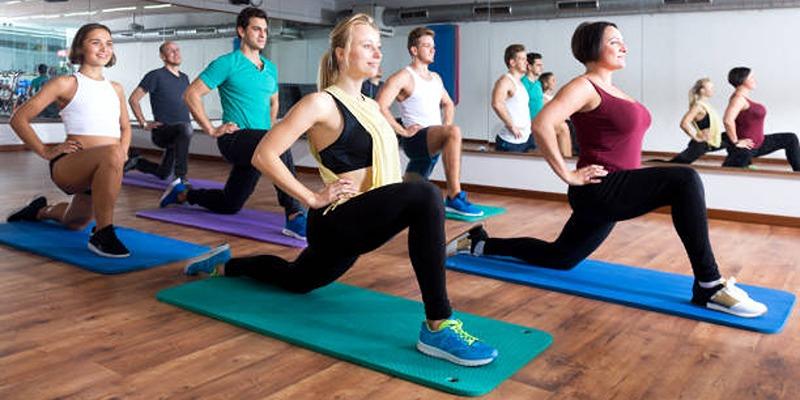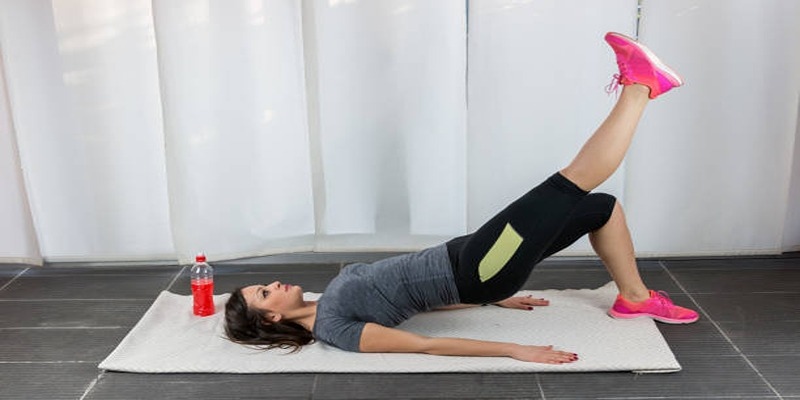Recovering from a rib injury can be a challenging process, but with the right exercises, it can become manageable. Broken ribs can cause pain and discomfort, making everyday activities difficult. However, incorporating gentle exercises into your recovery routine can promote healing and help alleviate some of the discomfort associated with rib fractures. This article will provide a comprehensive guide to the best exercises for broken ribs recovery, along with safety considerations to keep in mind during your rehabilitation process.
What are Broken Ribs?
Broken ribs occur when one or more of the rib bones are fractured due to trauma, such as a fall, car accident, or sports injury. The ribs are essential for protecting vital organs in the chest, including the heart and lungs. A rib fracture can lead to pain, difficulty breathing, and reduced mobility. Understanding the nature of your injury is crucial for developing a safe and effective recovery plan.
06 Exercises to Help Broken Ribs Recovery

Engaging in gentle exercises during your recovery can help improve lung capacity, promote circulation, and reduce stiffness. Here are some effective 06 exercises that can aid in the recovery of broken ribs:
1. Deep Breathing
Deep breathing exercises play a crucial role in the recovery process from rib injuries. These exercises not only assist in expanding the lungs but also enhance oxygen intake, which is essential for healing. By practicing deep breathing, individuals can facilitate better respiratory function and promote overall recovery during this challenging time.
How to Perform:
- Find a comfortable position, either sitting or lying down.
- Inhale deeply through your nose, letting your abdomen expand fully.
- Hold your breath for a few seconds.
- Exhale gently through your mouth, feeling your abdomen fall.
- Repeat this process for 5-10 minutes, several times throughout the day.
Benefits:
- Increases lung capacity.
- Helps prevent pneumonia by keeping the airways clear.
2. Diaphragmatic Breathing
This technique emphasizes the effective use of the diaphragm, which plays a crucial role in ensuring proper respiratory function. By harnessing the diaphragm's full potential, individuals can significantly enhance their breathing efficiency and overall lung capacity.
How to Perform:
- Start by lying flat on your back with your knees comfortably bent.
- Rest one hand on your chest and the other on your abdomen.
- Breathe in slowly through your nose, making sure that your belly expands while your chest stays relatively still.
- Gradually breathe out through your mouth, observing your abdomen lowering as you exhale.
- Repeat this process for 5 to 10 minutes, concentrating on the rise and fall of your abdomen.
3. Bucket Handle Breathing
This technique effectively mimics the natural movement of a bucket handle, which can significantly enhance rib mobility. By engaging in this movement, individuals can experience improved flexibility and range of motion in their ribcage, leading to better overall respiratory function and comfort during various physical activities.
How to Perform:
- Sit or stand comfortably.
- Inhale deeply while expanding your rib cage outward.
- As you exhale, allow your rib cage to return to its original position.
- Focus on the lateral movement of your ribs during the exercise.
- Repeat for 5-10 minutes.
Benefits:
- Increases rib cage flexibility.
- Promotes full lung expansion.
4. Chest Stretches
Gentle chest stretches are effective in alleviating tightness and enhancing mobility, allowing for greater flexibility and comfort in daily activities. By regularly incorporating these stretches into your routine, you can help open up the chest area and promote better posture, ultimately leading to improved overall well-being.
How to Perform:
- Stand in a doorway with your arms at a 90-degree angle.
- Position your forearms against the door frame.
- Take a gentle step forward to experience a stretch across your chest.
- Hold for 15-30 seconds and repeat 2-3 times.
Benefits:
- Increases flexibility in the chest area.
- Reduces tension around the rib cage.
5. Gentle Torso Twists
Torso twists are an excellent exercise for enhancing mobility and alleviating stiffness in the upper body. By incorporating this movement into your routine, you can increase your range of motion, improve flexibility, and promote better overall posture.
How to Perform:
- Sit comfortably in a chair with your back straight.
- Slowly twist your torso to the right, using your left hand on the outside of your right knee for support.
- Hold for a few seconds and return to the center.
- Repeat on the left side.
- Perform 5-10 twists on each side.
Benefits:
- Enhances spinal mobility.
- Eases tension in the back and rib cage.
6. Light Aerobic Activity
Incorporating light aerobic activities into your routine can significantly enhance overall circulation and promote the healing process. Engaging in gentle exercises, such as walking or cycling, not only helps to stimulate blood flow but also supports recovery by delivering essential nutrients to the body's tissues.
How to Perform:
- Choose low-impact activities like walking or stationary cycling.
- Begin with shorter durations. (5-10 minutes) and gradually escalate as tolerated.
- Ensure you maintain a comfortable pace and avoid overexertion.
Benefits:
- Boosts cardiovascular health.
- Helps prevent complications associated with prolonged inactivity.
Safety Considerations
When engaging in exercises during your recovery from broken ribs, it is crucial to prioritize safety:
- Consult a Healthcare Professional: Always consult with your doctor or a physical therapist before starting any exercise program, especially after an injury.
- Listen to Your Body: If any exercise causes increased pain or discomfort, stop immediately.
- Start Slowly: Begin with gentle movements and gradually increase intensity as you feel comfortable.
- Focus on Breathing: Ensure proper breathing techniques during exercises to prevent unnecessary strain.
- Avoid High-Impact Activities: Refrain from activities that may put excessive pressure on your ribs, such as running or heavy lifting, until fully healed.
Conclusion
Recovering from broken ribs requires significant patience and careful attention to your bodys needs. The healing process can be slow, but it's essential to take the right steps to ensure a full recovery. By incorporating the specific exercises outlined in this article into your daily routine, you can promote healing and regain mobility in a structured manner. These exercises are designed to enhance flexibility and strength without putting undue stress on the injured area. Its crucial to remember that consulting with a healthcare professional before starting any exercise regimen is vital. They can provide personalized advice and ensure that your recovery process is both safe and effective.






